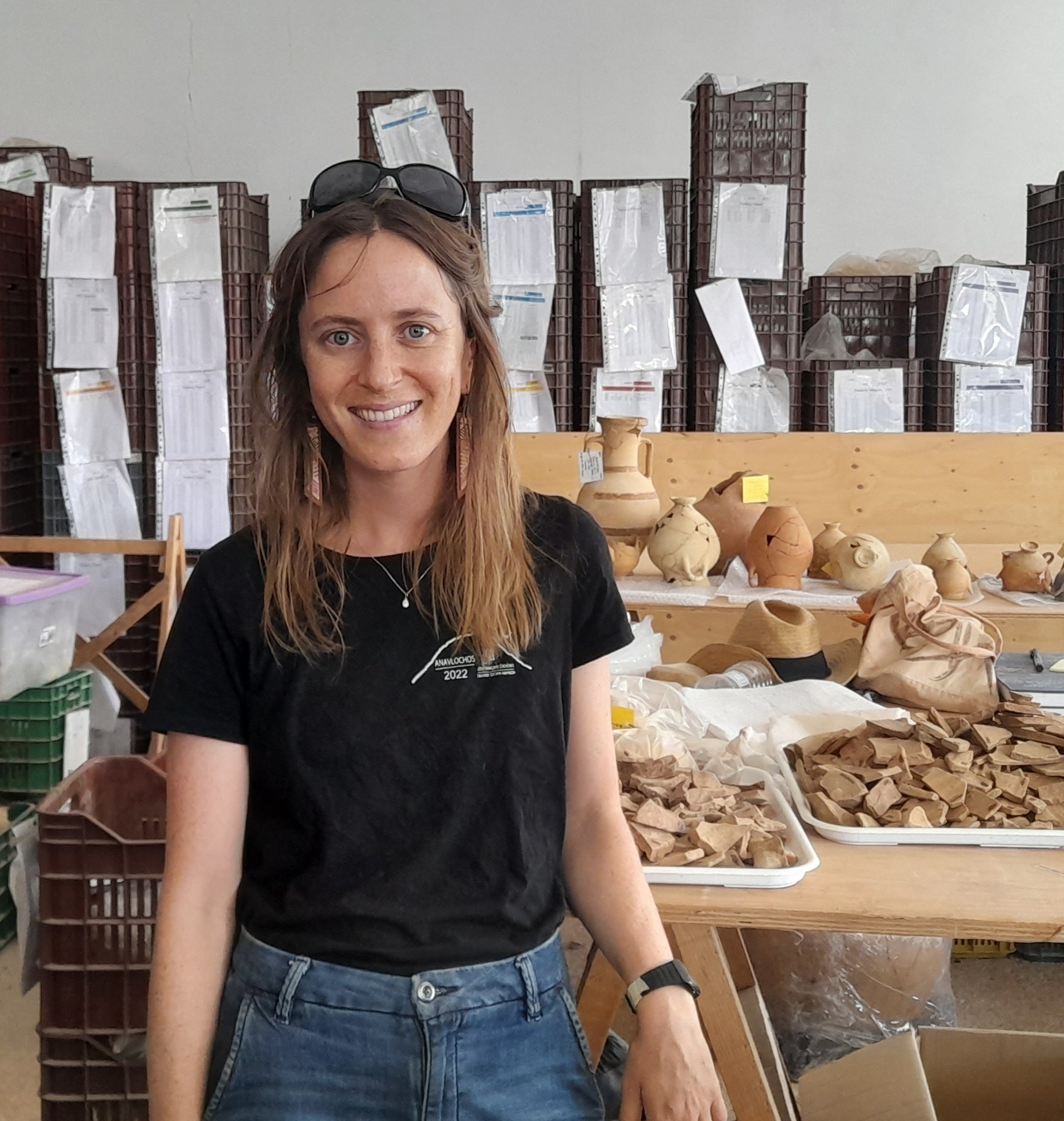Affiliation: UC Berkeley

Grace Erny is an Assistant Professor in the Department of Ancient Greek and Roman Studies at the University of California at Berkeley. Her research focuses primarily on the archaeology and history of Greece and the Aegean in the first millennium BCE. She is currently working on a book about economic inequality, social differentiation, and rural communities in Early Iron Age, Archaic, and Classical Crete. Other published and in-progress work includes contributions on statistical approaches to survey data, Crete in the Homeric epics, the contemporary archaeology of the Greek countryside, the gender sociology of Mediterranean survey archaeology, and conservatism in Cretan material culture. She has worked as staff on three archaeological projects in Greece — the Western Argolid Regional Project, the Bays of East Attica Regional Survey, and the Anavlochos Project in east Crete — and has also conducted archaeological fieldwork in the Middle East and the American Southwest.
This talk focus on how ancient Greek communities on the island of Crete thought about their island’s past. I discuss several case studies of engagement with older landscape features and ways of life, including the construction of megalithic buildings in the countryside, the use and display of non-Greek inscriptions, and open-air ritual practice at significant locations. Material interactions with real or imagined pasts were key strategies for consolidating power during a period of demographic growth, competition for resources, and emerging forms of social inequality in the seventh through the fifth centuries BCE.
This talk explores emerging forms of inequality and social difference on the Mediterranean island of Crete from the seventh through the fourth centuries BCE, a time of profound political and cultural change in the ancient Greek world. Instead of focusing on urban settlements, I look outward to the countryside, drawing on evidence collected by archaeological surface surveys. Though small rural sites in Greece are often interpreted as simple farmsteads, I argue that these sites served many different functions and made up distinct social places in the landscape. I conclude with a new analysis of architecture and pottery from rural settlements in East Crete. This evidence provides valuable information about the daily lives of ancient people.